
The most common machined torsion spring configuration is the single start spring, which consists of a single continuous coil element, which starts at one end and terminates at the other end, much like its wire wound counterpart. We can supply both unwind and wind up torsion springs and in both cases the spring rates achieved are as linear as the geometry will permit.
However, it is not only the accuracy of rate which is an advantage, since the part is machined, we can incorporate any form of end attachment into the torsion spring. It is important to remember that we can supply an attachment integral to the machined spring that allows the PURE MOMENT to be resolved.
In the wound torsion spring format, tangs are produced by bending the last portion of wire into a set position. These tangs are bent inward or outward upon which a force can be applied. This not only limits the actual attachment designs available but induces high stress into this attachment area. In the machined torsion spring the tang is integral and without stress making it a far more rugged and reliable attachment.
Tang usage is designed to provide a moment on a torsion spring. To accomplish this, a force at a distance is employed. The spring provides the moment reaction, but there needs to be an additional reaction to the force. Typically with wound springs, using a tang, they are called upon to resolve this force by the ID or OD of the spring rubbing on a guide.
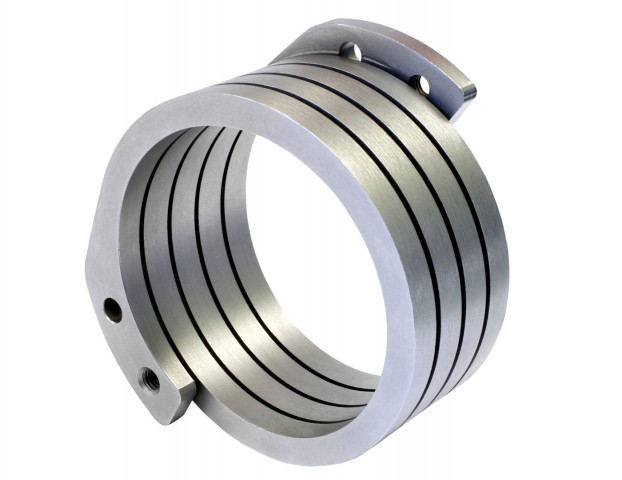
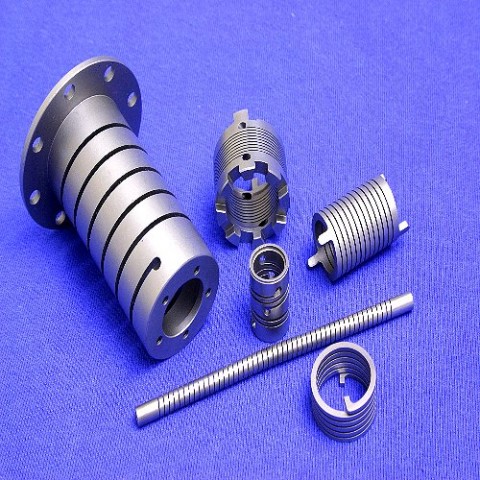
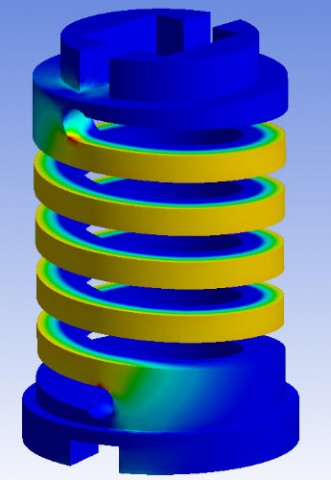
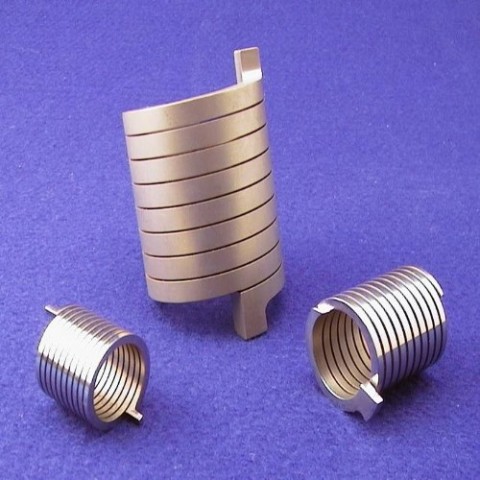
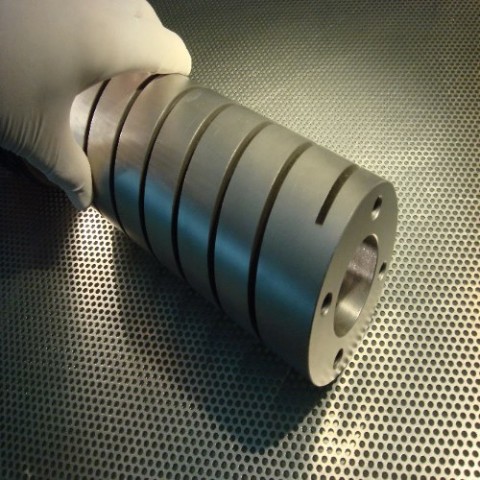
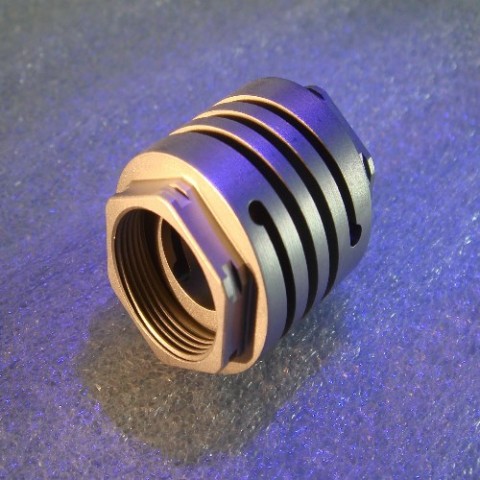
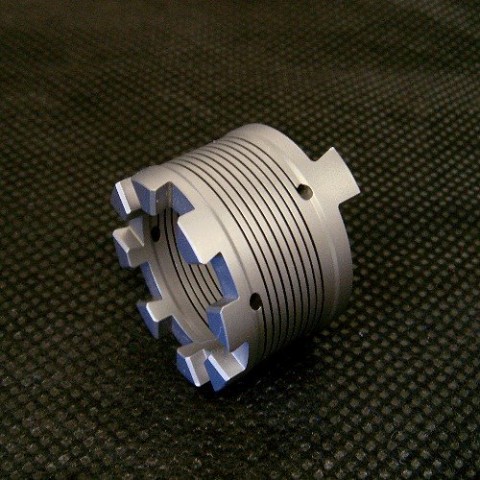
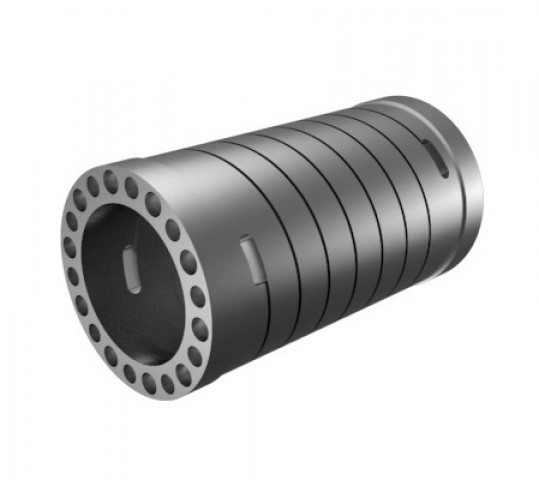
Some examples of this being double tangs (external internal and longitudinal), slot, splines (internal and external) and bolt circle configurations. It is also possible to resolve the moment by an integral torque restraint on the coil side.How you attach the machined torsion spring is often up to your imagination, perhaps incorporating additional parts of the system into the single spring system.! However it is important to remember that the full breadth of machined attachments that resolve a PURE MOMENT are available to you.
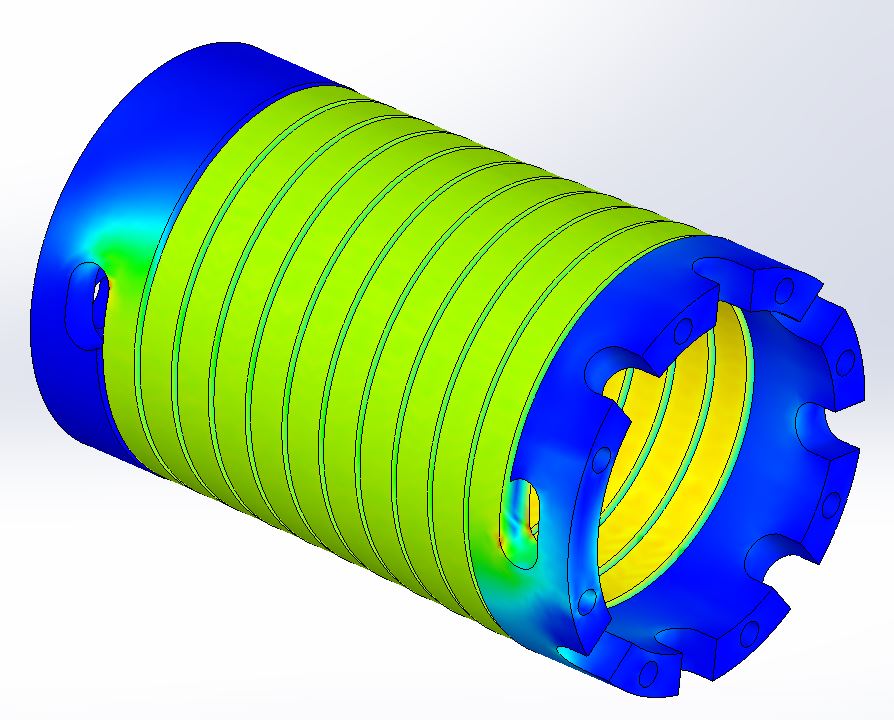
Torsional stresses are predicted
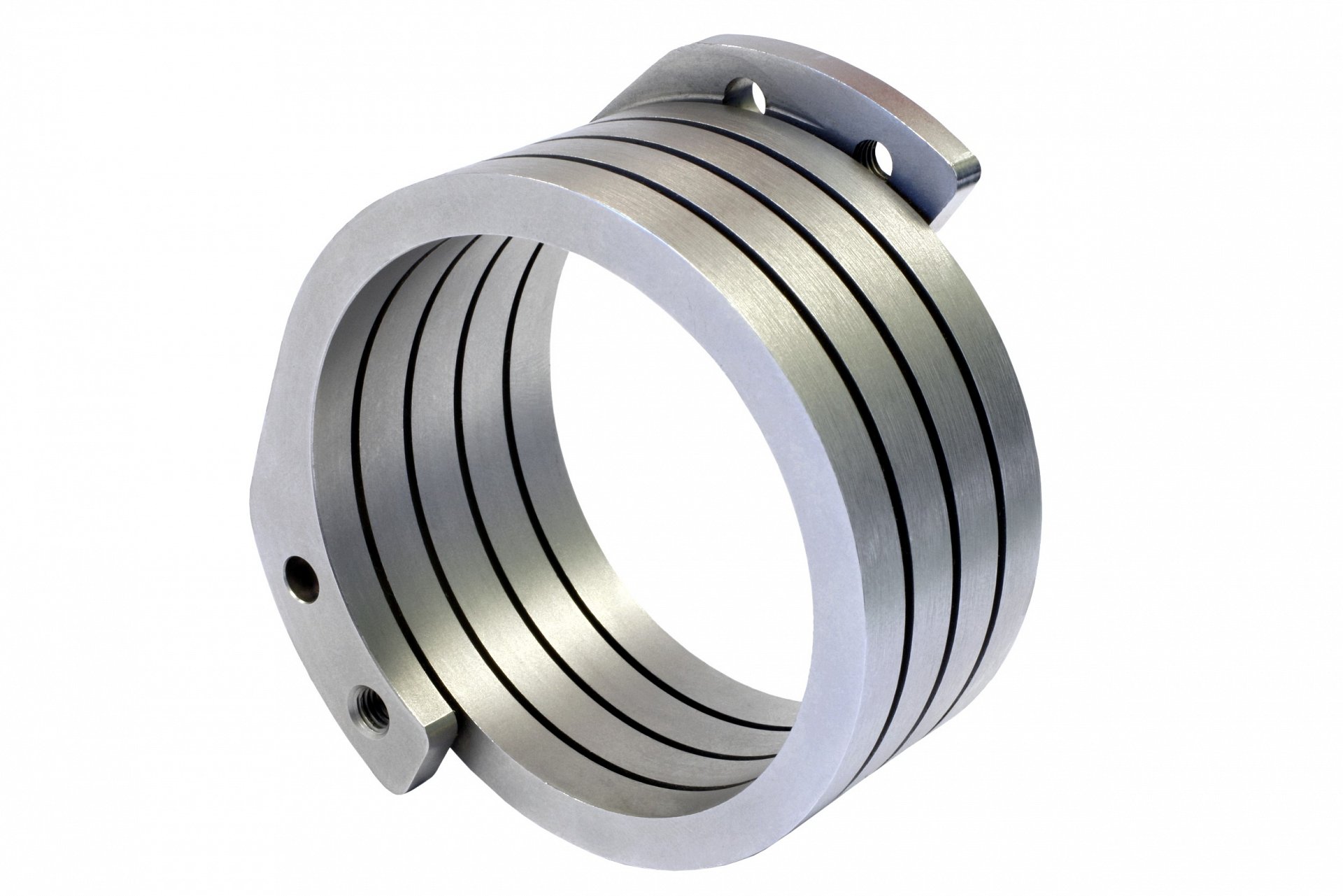
Integral attachment TANGS increase reliability and strength
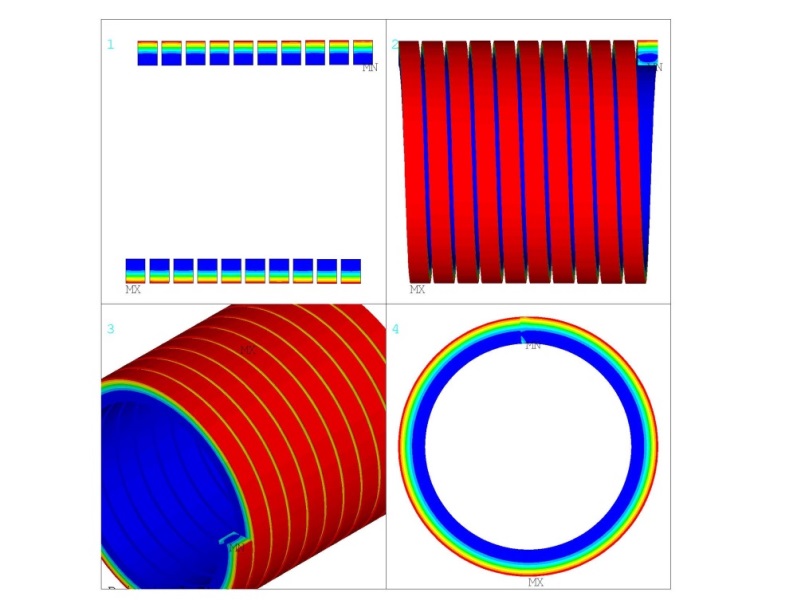
F.E.A Is used to optimise the spring performance
